Are you leaving for Madrid and its region? Don’t miss visiting the Royal Monastery of Escurial from Madrid!
Located 45 kilometres north-west of the Spanish capital – Madrid – the Royal monastery of the Esperal is an ancient residence of the king of Spain. Listed on the UNESCO World Heritage List since 1984, the Royal Site is located in the territory of the commune of San Lorenzo de El Escorial a municipality of 18,088 inhabitants (2018) in the Autonomous Community of Madrid. Commanded by the king Philippe II (1527-1598) – son of Charles Quint (1500-1558) – after the victory of Saint-Quentin on 10 Aug. 1557 on the troops of King Henry II (1519-1559), the royal site was built between 1561 and 1584.
It is at the same time a necropolis containing the tomb of 26 kings of the houses of Austria and Bourbon, a monumental library of the 15th and 16th centuries, and a most impressive architectural jewel of the history of Spain. Are you planning to visit the Royal Monastery of Escurial from Madrid? In this article, we tell you how to do it!
Presentation and history of the Royal monastery of the
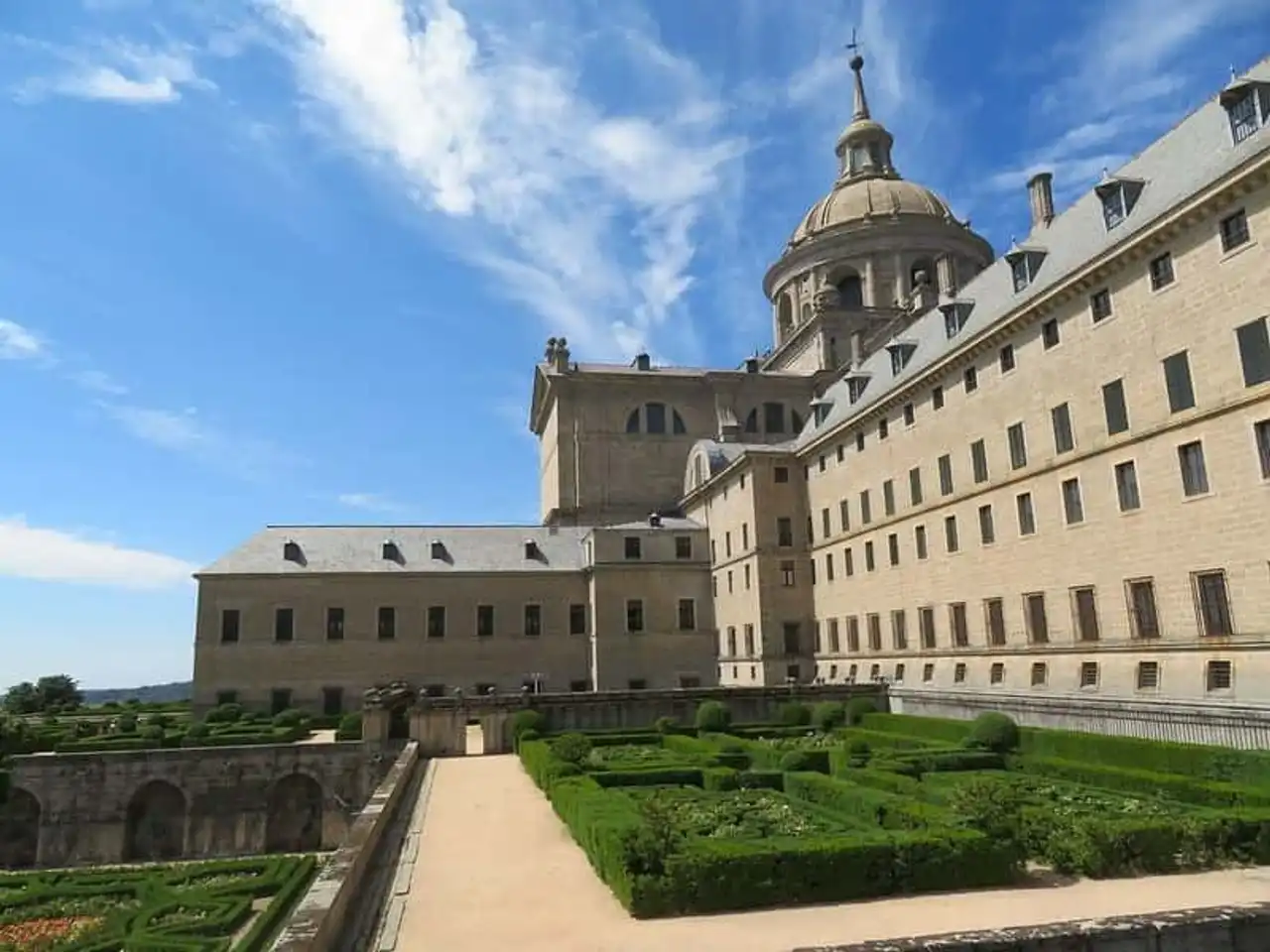
Photo credit: Flickr – Kyle Magnuson
The history of this imposing religious building began in the middle of the 16th century, when the Spanish crown troops defeated the French army in Saint-Quentin on 10 August 1557, the French monarchy fearing a Spanish invasion in Paris. The context is then that of the war between France and Habsburg since François I and Charles Quint .
Visiting the Royal Monastery of the Security from Madrid makes it possible to make a historic pilgrimage through Habsburg Spain. At the time, Charles Quint is Emperor of the Holy Roman Germanic Empire, king of Spain, of Naples , Sicily, Milan King of the Netherlands and India. The Royal monastery of the Escurial had a double vocation: to build a religious complex – monastery, convent, basilica, royal palace – and to serve both spiritual retreat to Philip II, while offering to his mother Isabelle de Portugal and his father Charles Quint, a monumental burial, like his life and his multiple titles. The goal? Being close to God. It must be said that the monarchs, at that time, did not shine by their modesty...
The Spanish victory – August 10 – coincided with the feast of St.Lawrence, a martyr of Rome who had converted his jailers to Christianity before dying on a gril under torture in Rome in 258. To pay tribute, the building was built according to the plans of a gril. The architecture of the building influenced Spanish culture at the end of the 16th century. Raised at 1,028 metres above sea level in the Sierra de Guadarrama massif, the site was built by a disciple of Michelangelo (Mr. Juan Bautista de Toledo ) and by Juan de Herrera (1530-1597), a renowned Spanish architect of the Renaissance.
What to see and do at the Royal Monastery of the Security?
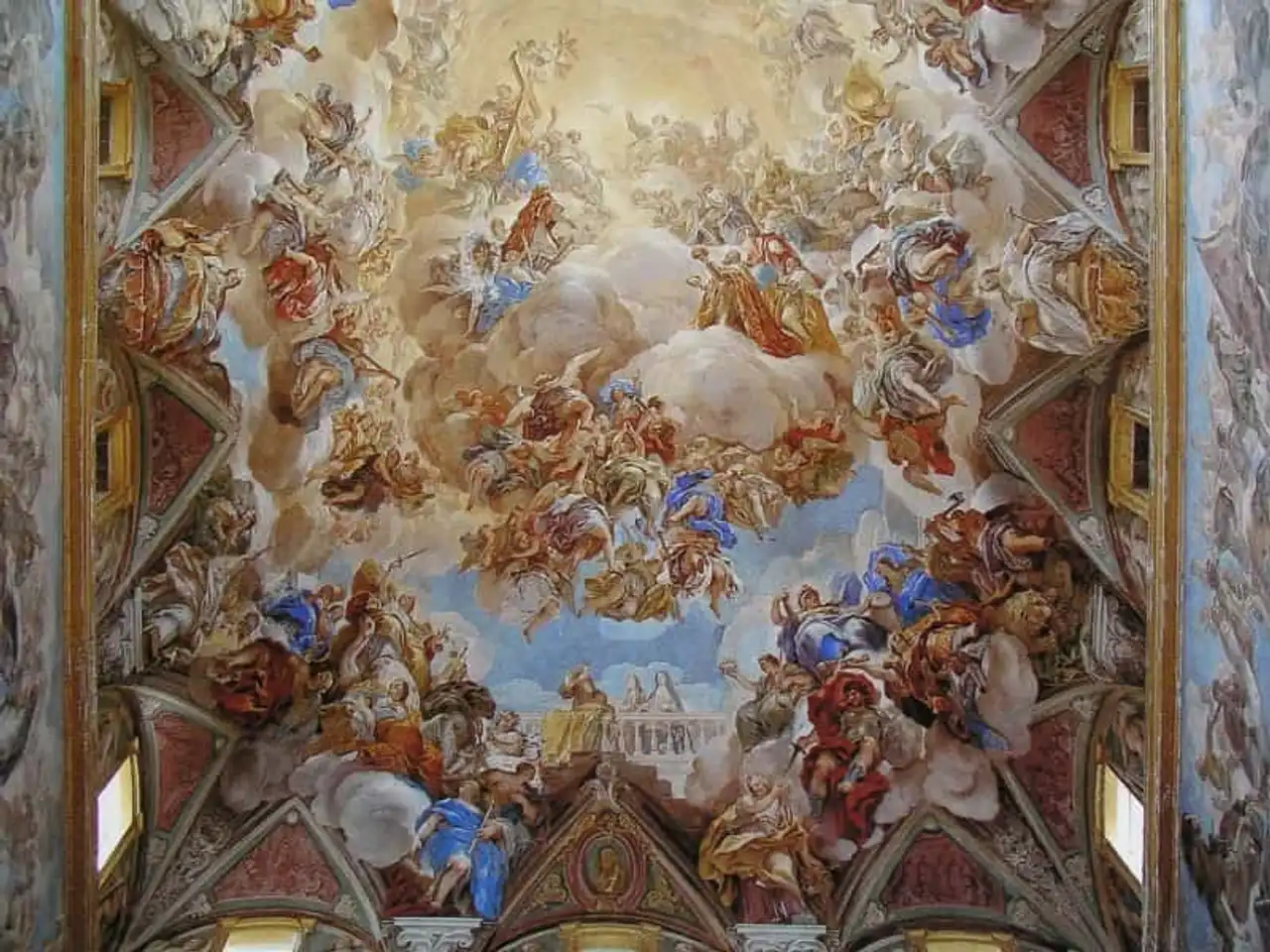
Photo credit: Flickr – remaud_joel
What to see when visiting the Royal Monastery of the Escurial from Madrid? This giant complex of the Spanish monarchy includes the monastery a basilica, a museum, a college, a library and a royal palace, which contains the famous Pantheon of Kings. So you'll visit Basilica , composed of two churches and a royal chapel. These are the mausoleums of Charles Quint and Philippe II.
Dans the chapel , are the marble sarcophagi of the 26 kings since Charles Quint. Then visit the vast Court of Kings leading to the library , with its impressive dimensions: 55 meters long and 10 meters wide. With a huge vaulted roof, covered with a marbled damier floor and decorated with woodwork, it contains valuable works and unique paintings.
The place is home to more than 40,000 religious and literary texts, 4,000 Arab manuscripts imported under the reign of Philip II: a collection testifying to the opening of Catholic monarchies to the foreign culture of the time (remark that the feudal lords and monarchs may not be so obscurantistic and closed in mind that it is sometimes told...). In the basilica, take a look at the statue of Philippe II , the representative praying with his wives, opposite Charles Quint wearing the imperial coat with his wife and sisters.
Visiting the Royal Monastery of the Security since Madrid, it is also a high place of exercise of power in the 16th and 17th centuries: a unique witness of European history, you will visit the Habsburg dynasty apartments and Palais des Bourbons . It is powered 450 years back in the Habsburg Palace, with the Prince and Infant’s pavilions and the tapestries of the Royal Manufacture of Santa Barbara. Many other rooms are home to frescoes, paintings and relics of the Contre-Réforme (Catholic movement opposed to the Protestant Reformation of the time) and finally, the French gardens of the Escurial, Renaissance style.
How do I go to the Royal Monastery of the Security from Madrid?
- By car: Access to the site to visit the Royal Monastery of Escurial from Madrid is made by Highway 1 (A-V1) and the M-600.
- By train: Take the Cercanías C-8 line at the Atocha train station. The journey takes 1 hour and costs €6.10 per round trip.
- By bus: the company Autocares Herranz serves the site from the Intercambiador of Moncloa buses 664 and 661.
We can also visit the Royal Monastery of Escurial from Madrid by an unusual excursion: a train of the 1940s and a car of the 1960s, with controllers dressed as the characters of the Court of Philip II in the locomotive. The train leaves Principle Pío train station at 10:20 am, back to Madrid at 16:20 pm and 18:20 pm (tariff: 15 € between 4 and 12 years, 27 € for adults).
Schedules and rates of the Royal monastery of the
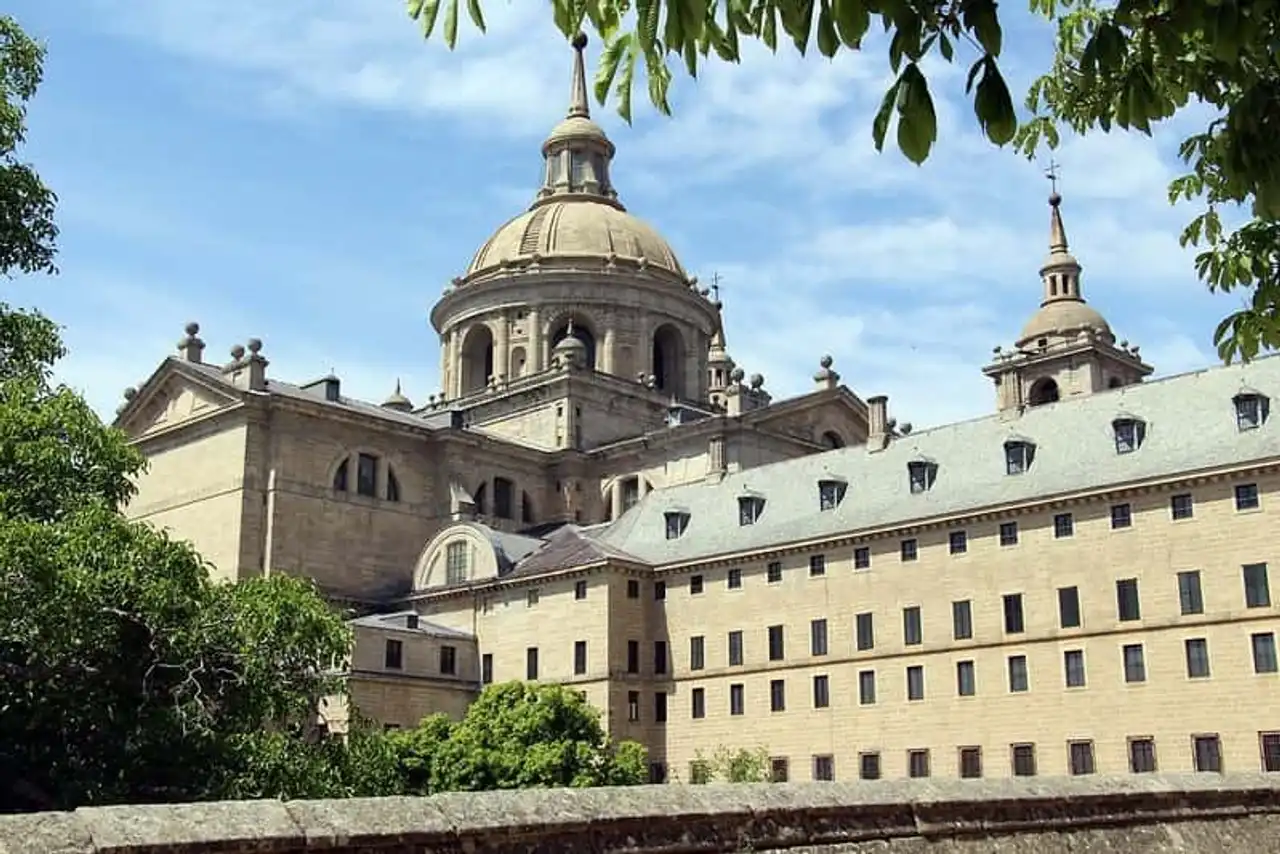
Photo credit: Flickr – Fred Romero
HORARI
The site is open all year, from 10 a.m. to 6 p.m. from October to March and from 10 a.m. to 8 p.m. from April to September.
Closed on Monday, January 1st and 6th, May 1st, December 24th, 25th and 26th.
RATES
Here are the rates:
- Guided tour: 10 €
- Reduced rates: 5€
- Free entrance for children under 5 years
BON A LEARN
- It is possible to visit the Valley of the Dead (el Valle de los Caídos), a monument dedicated to nationalists who died during the Civil War (1936-1939)
- On May 18, October 12, from 5 p.m. to 8 p.m. from April to September on Wednesday and Thursday, and from 3 p.m. to 6 p.m. on Wednesday and Thursday from October to March (for European Union nationals and for Ibero-American citizens).
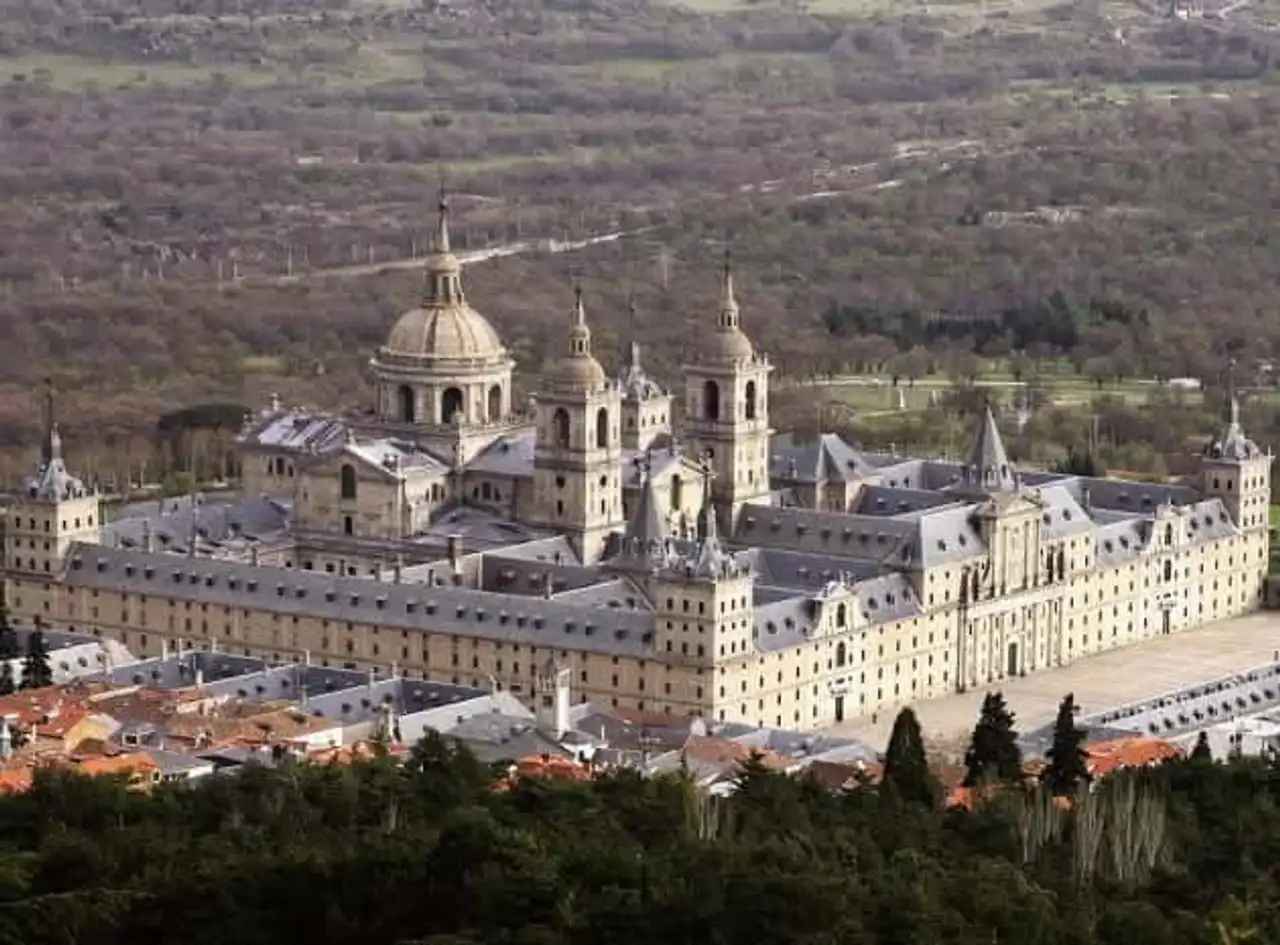






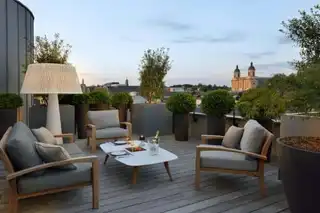
Loading comments ...